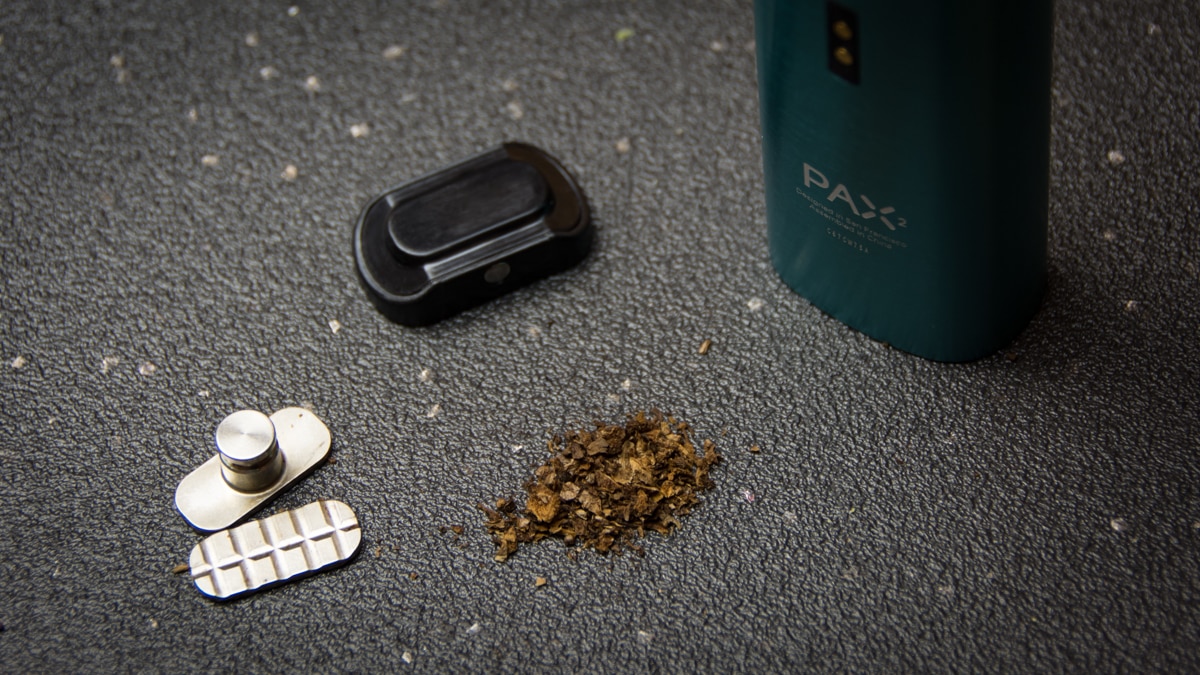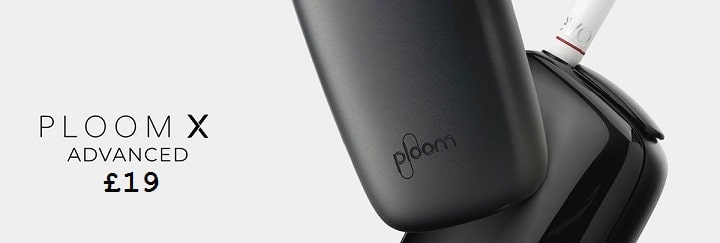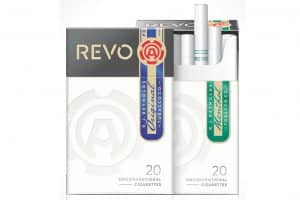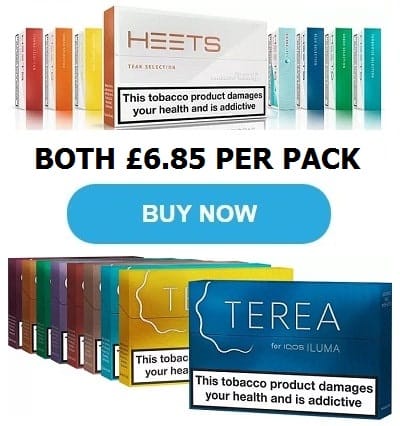
How do you Heat without Burning?
You may well be wondering how does heat not burn (also known as heated tobacco) work, Heat not Burn (HnB) devices are the next big thing in alternatives to smoking. They’re not a new idea, and previous attempts to bring them to market have flopped. In the last few years e-cigarettes have become popular, though, and that’s raised hopes that smokers might be ready to give HnB another try. If you’re still a smoker, and you’re tempted by the idea of a safer alternative but e-cigs don’t quite do it for you, here’s a quick guide to how the new products work.
The basic principle is obvious from the name. Most traditional ways of using tobacco, including cigarettes, cigars and pipes, burn it to produce smoke that carries both nicotine and the flavour of the tobacco. They don’t all do it this way, though. The traditional hookah, or water pipe, uses a variation on the theme. The tobacco isn’t directly burned; instead it’s placed in a bowl, and on top of that goes a foil cap. Finally, burning charcoal is placed on the cap. The heat from the charcoal vaporises the nicotine from the tobacco, along with the compounds that give it the flavour. Unfortunately the coal also tends to scorch the tobacco, and of course you get the smoke from the charcoal itself.
This is a problem, because it’s actually the act of burning stuff that causes most of the health issues that go with smoking. Tobacco itself isn’t really a big deal. It does contain some chemicals that can cause cancer – they’re called tobacco-specific nitrosamines, or TSNAs – but that hardly makes them unique. Vegetables also contain chemicals that can cause cancer. So does fruit, even so-called “superfoods” like blueberries. If you didn’t eat anything that contained carcinogenic chemicals you’d be pretty hungry.
So tobacco on its own is pretty safe, but smoke isn’t. Using a hookah is safer than smoking (don’t believe anyone who tells you that a hookah session is as dangerous as a hundred cigarettes – that’s not true) but, because you’re inhaling smoke from the coal and scorched tobacco, it’s still more of a risk than most people are happy with. Heat not burn takes the concept one stage further; the tobacco is heated, to release the stuff you want, but it’s not burned at all. The trick is doing that without producing smoke.
There are three basic ways of making heat not burn (heated tobacco) work, and they’re all very different – but the principle is the same. They all involve applying heat to tobacco, but there are different ways to do that:
- Hybrid cigarettes
- Loose leaf vaporisers
- Tobacco pack vaporisers
These are all going to suit different people, so it’s worth taking a look at how each one works. That will give you an idea which one is most likely to work for you.
Hybrid cigarettes
These combine the principle of heat not burn with the technology of a traditional cigarette. If you’re looking for something that’s as close to smoking as it’s possible to get, these are for you. They come in packs of 20, you light them with a match or lighter, and you throw them away when they’re finished. That should sound familiar enough to any smoker.
There’s a big difference though. With a standard cigarette you light the actual tobacco. A hybrid is different – there’s a pellet of charcoal at the tip, and it’s that you ignite. Behind it is a foil capsule of tobacco moistened with glycerine, and that’s rapidly heated up by the charcoal – but not enough for the tobacco to burn. Instead the glycerine is vaporised, along with the nicotine and tobacco flavour, and when you take a puff that’s what you inhale.
The big advantage of a hybrid is that it’s a drop-in replacement for an actual cigarette. Instead of buying a pack of your usual brand you’ll just buy a pack of these instead (they’ll probably cost about the same, too). The only difference is the foil body doesn’t burn down as you use it, and there’s little or no ash. It’s not the most efficient way heat not burn works, but it’s certainly the easiest.
Loose leaf vaporisers
These have actually been around for a while, and some people have even been vaporising tobacco in them. They’ve been used more for other substances, but with the surge of interest in HnB there are more models coming out aimed at vaporising tobacco.
Vaporisers use either electricity or butane gas to heat up an element. That’s placed under – or sometimes around – a compartment filled with loose tobacco, and the heat creates the vapour. It’s a simple concept, and a very flexible one. The big advantage is that you can vape practically anything. Most vaporisers will take pretty much any tobacco, so you can use your favourite rolling or pipe blend.
The main down side to a loose leaf vaporiser is that they can be a bit messy. Once you’ve vaped it you’ll have a compartment full of dried-out tobacco that has to be emptied. It’s nowhere near as emptying the ashtray after a long night, but still not the best job in the world either.
Tobacco pack vaporisers
This is where most of the development is happening. There are several versions either in development or already on the market, but what they have in common is that instead of loose tobacco you load them with a prepacked tobacco container. This can either be a paper-wrapped stick very like a cigarette, or a foil capsule – Ploom pods are a good example of these.
Prepacked tobacco makes a lot of sense, because it’s easy to load the vaporiser and usually just as simple to empty it after use. The way it actually works is just the same as a loose leaf system – you put the tobacco in, and it’s heated by a battery or gas. There are different ways to do this though.
If you’re a gadget lover you’re probably going to like the pod system used by Ploom’s ModelTwo. These foil packs look like tiny bullets; you load one by removing the vaporiser’s mouthpiece, dropping a pod in nose-first then replacing the mouthpiece. When you do that it punches holes in the front and back of the pod. Then all you have to do is switch on and give it 30 seconds to warm up, and you can vape away until the pod’s contents are dried out. When that happens just remove the mouthpiece and pop out the used pod – it’s quick, simple and mess-free. The average vaper will get through about five pods a day.
The main alternative to pods is a wrapped tobacco stick. That’s what Philip Morris is betting on with its HEETS. HEET’s looks like a short cigarette, complete with filter. All you have to do is push one into the end of the company’s iQOS vaporiser so the filter sticks out, then press the button. The coil then heats the stick to just below the point where it would catch fire, delivering the vapour. Each HEET is equivalent to one cigarette, and when you’re finished you can just pull it out by the filter and throw it away.
The IQOS heated tobacco system is proving to be very popular, we know this to be 100% true because of the amount of units and HEETS we sell each and every week right here on this website.
E-cigs all work pretty much the same way, whether they’re tiny cigarette-size models or high end rebuildables. Heat not burn works in different ways. That means you can almost certainly find a device that suits you perfectly, whether you like to tinker and customise or you want something as simple as smoking (but without the smoke!)










